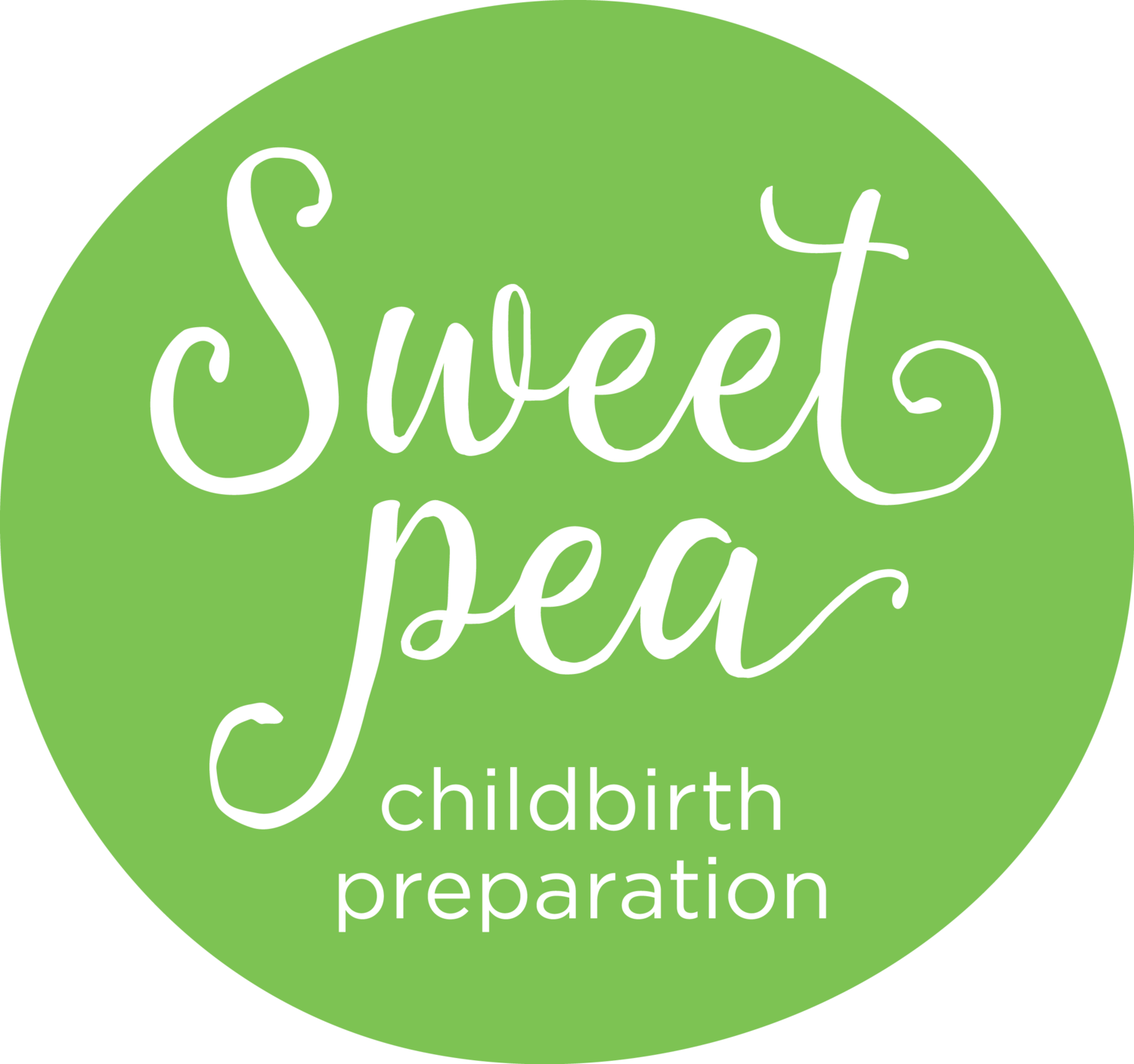When to Start Preparing for Childbirth: A Timeline for Expecting Parents
/When to Start Preparing for Childbirth: A Timeline for Expecting Parents
Preparing for childbirth is one of the most important steps in your journey to parenthood. If you're expecting your first baby, knowing when to start preparing for labor and delivery can help you feel more confident and ready for what's to come. Here’s a comprehensive timeline to guide you through each trimester, with key tasks for childbirth education and home preparation.
First Trimester (Weeks 1-12): Laying the Groundwork for Your Birth Plan
1. Educate Yourself About Childbirth Options
Research Childbirth Education Classes: Start looking into online childbirth classes that offer flexibility and can be taken at your own pace. You may want to explore well-known methods like Lamaze, Hypnobirthing, or the Bradley Method to find the one that best suits your birth plan.
Choose Your Care Provider: Whether you decide on an obstetrician, midwife, or doula, it's important to select a healthcare professional who aligns with your personal birth preferences. This decision sets the foundation for your childbirth experience.
2. Start Building Knowledge
Read Books and Watch Documentaries: Equip yourself with knowledge by reading books or watching informative documentaries on childbirth and parenting. Understanding what to expect can reduce anxiety and help you feel more in control during labor.
3. Home Preparation: Begin Organizing Your Space
As your body and mind adjust to pregnancy, start thinking about your home environment. Decluttering key areas of your home and planning for the future nursery can help you feel more organized and prepared as your pregnancy progresses.
Second Trimester (Weeks 13-26): Deepen Your Knowledge and Get Ready for Baby
1. Continue Your Childbirth Education
Enroll in Online Childbirth Classes: By week 20, it’s a good idea to enroll in online birth classes that cover essential topics like labor stages, pain management techniques, and the postpartum recovery process. Many online programs offer flexibility, allowing you to learn at your own pace while juggling other preparations.
Learn About Prenatal Wellness: Now is the perfect time to focus on prenatal nutrition and wellness to maintain a healthy pregnancy. Research the best practices for nutrition during pregnancy and explore exercise options to keep your body strong.
2. Begin Purchasing Baby Essentials
Start shopping for nursery essentials, including a crib, changing table, and storage solutions. You can also begin researching larger baby gear items, like a car seat and stroller, that you'll need after birth.
Third Trimester (Weeks 27-40): Finalizing Your Birth Plan and Preparing for Baby’s Arrival
1. Refine Your Birth Plan
Review Your Birth Plan: By now, you should have a solid idea of your preferences for labor and delivery. Refine your birth plan by considering various birth scenarios and discussing them with your obstetrician or midwife. Be sure to also attend any remaining online childbirth classes that address your specific birth options.
2. Practice Relaxation and Pain Management Techniques
Relaxation Techniques: As your due date approaches, it’s important to practice breathing exercises, visualization, and pain management techniques. These techniques can help reduce anxiety and prepare you for labor. Classes focused on natural childbirth often teach these methods in-depth.
3. Finalize Home and Nursery Setup
Set Up the Nursery: Assemble any nursery furniture, organize baby clothes, and ensure your baby’s room is a safe, welcoming space. Make sure everything is in place so you’re ready for baby’s arrival.
Pack Your Hospital Bag: By week 36, prepare a hospital bag with all the essentials you’ll need during your stay. Pack items for both you and the baby, including clothes, toiletries, and comfort items that will help you feel at ease.
4. Plan for Labor and Postpartum Support
Labor Logistics: Talk with your partner about the plan for when labor begins. Discuss who will be your support person, how you’ll get to the hospital, and any special preferences for your delivery.
Postpartum Care: Consider making arrangements for postpartum care. Think about meal planning, household support, and ensuring you have emotional support in place as you recover and adjust to life with your newborn.
Postpartum: Planning for Life After Birth
While most of this timeline focuses on preparing before childbirth, it’s just as important to think ahead to life after your baby arrives. In your third trimester, make sure you have a clear understanding of your postpartum recovery plan. Discuss the division of responsibilities with your partner, and consider reaching out to professionals who can offer help with postpartum care or breastfeeding support.
Boost Your Preparation with Sweet Pea Prep’s Online Childbirth Classes
Enhance your preparation with the expert-led online prenatal classes from Sweet Pea Prep. These courses are designed to guide you from early pregnancy through to delivery. Whether you’re looking for Pregnancy Basics in the first trimester, Nutrition for Pregnancy in the second trimester, or the Birthing Basics Bundle for your third trimester, Sweet Pea Prep offers flexible, accessible learning to help you feel confident and prepared every step of the way.


